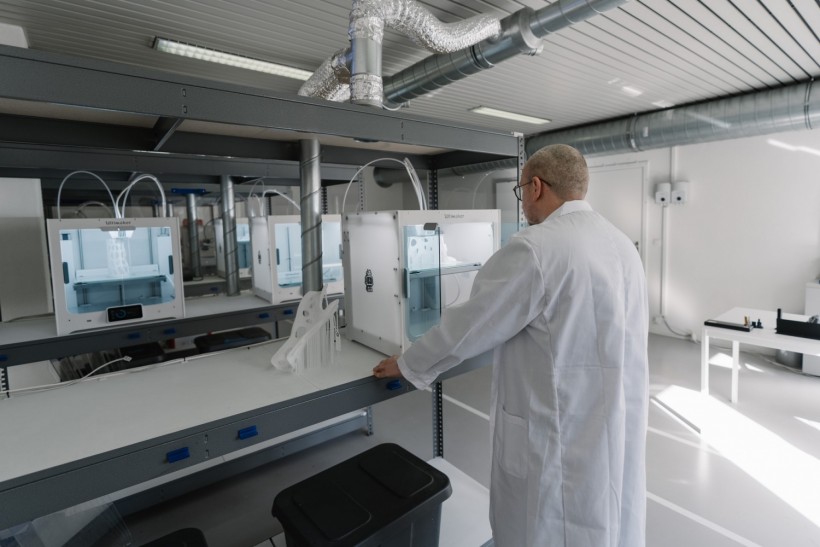What is the Role of Facility Management?

Most people would agree that the role of facility management is critical to the success of a business or organization. So, what is facility management?
Facility management involves the coordination and overseeing of all aspects related to the operation and maintenance of a facility. It includes everything from ensuring that the building is clean, organized, and running smoothly to ensuring that all equipment is up to date and in good working condition.
In some cases, it may also include managing staff members and coordinating with other departments within the company.
Below are some roles of facility management
1. Provide Information
Facility managers can provide valuable information to other departments within an organization, such as human resources and marketing. It is because the facility manager oversees all of the equipment and building layout that results in a work environment that influences employees.
2. Ensure Safety Requirements Are Met
Facility management ensures safety standards are met inside the office - for both employees and visitors. They make sure hallways are clear, emergency exits are accessible, and that fire extinguishers and other safety equipment are up to date and in working order.
3. Coordinate Maintenance and Upkeep
A facility must be cleaned regularly to ensure a safe, healthy work environment. The facility manager is responsible for organizing and coordinating maintenance tasks to ensure that the building is optimal.
4. Support Other Departments
Facility managers can support marketing efforts by building brand awareness through their building layout, which will influence the way potential customers feel about a company. This consistency helps develop a professional image that supports other marketing efforts, such as online and print campaigns.
5. Manage Resources Effectively
A facility manager must manage resources effectively to keep the workplace running smoothly. It may include ordering supplies, coordinating work schedules, and managing budgets.
When it comes to enterprise asset management (EAM), there are three main types of software: CMMS, EAM, and IWMS.
Each serves a different purpose, although they can overlap.
-
CMMS is computerized maintenance management software. It helps managers track and schedule routine maintenance tasks and track inventory and work orders.
-
EAM is an enterprise asset management software. It helps managers plan and budget for future projects, track financial performance, and schedule preventive maintenance tasks.
-
IWMS is an integrated workplace management software. It helps manage facilities and resources, including people, equipment, and supplies.
Benefits of enterprise asset management
A. Improved decision-making
Enterprise asset management can help improve decision-making by providing accurate and up-to-date information on the statuses of all assets. It allows managers to plan for future projects and make informed decisions about when and where to allocate resources.
B. Reduced costs
It can help reduce costs by optimizing the use of all assets. It ensures that equipment is used efficiently and is not wasted or left idle for long periods.
C. Increased productivity
Enterprise asset management can increase productivity by automating time-consuming processes, providing real-time information on the availability of resources, and increasing communication between departments.
D. Reduced downtime due to unexpected failures
Enterprise asset management can help reduce downtime due to unforeseen failures by tracking the age and health of assets. It allows managers to schedule preventive maintenance tasks accordingly and avoid unexpected outages.
E. Compliance with regulations
Enterprise asset management can help organizations comply with regulations by tracking the status of all assets and ensuring that they are being used safely and efficiently.
By understanding the critical role that facility management plays in the success of a business or organization, you can see why a facility manager must have effective facility management software in place.
Whether it's being able to better communicate with other departments within the organization, streamline maintenance tasks, or another role. A good facility management software can help achieve this goal so that you can continue giving your all to the business or organization that has allowed you the opportunity to work there.
Final Points
There are many essential benefits to implementing enterprise asset management software, such as improved decision-making, reduced costs, increased productivity, and reduced downtime. Good facility management software can help a facility manager achieve these goals and more. So if you're looking for ways to improve your workplace, consider investing in good facility management software.
Subscribe to Latin Post!
Sign up for our free newsletter for the Latest coverage!














